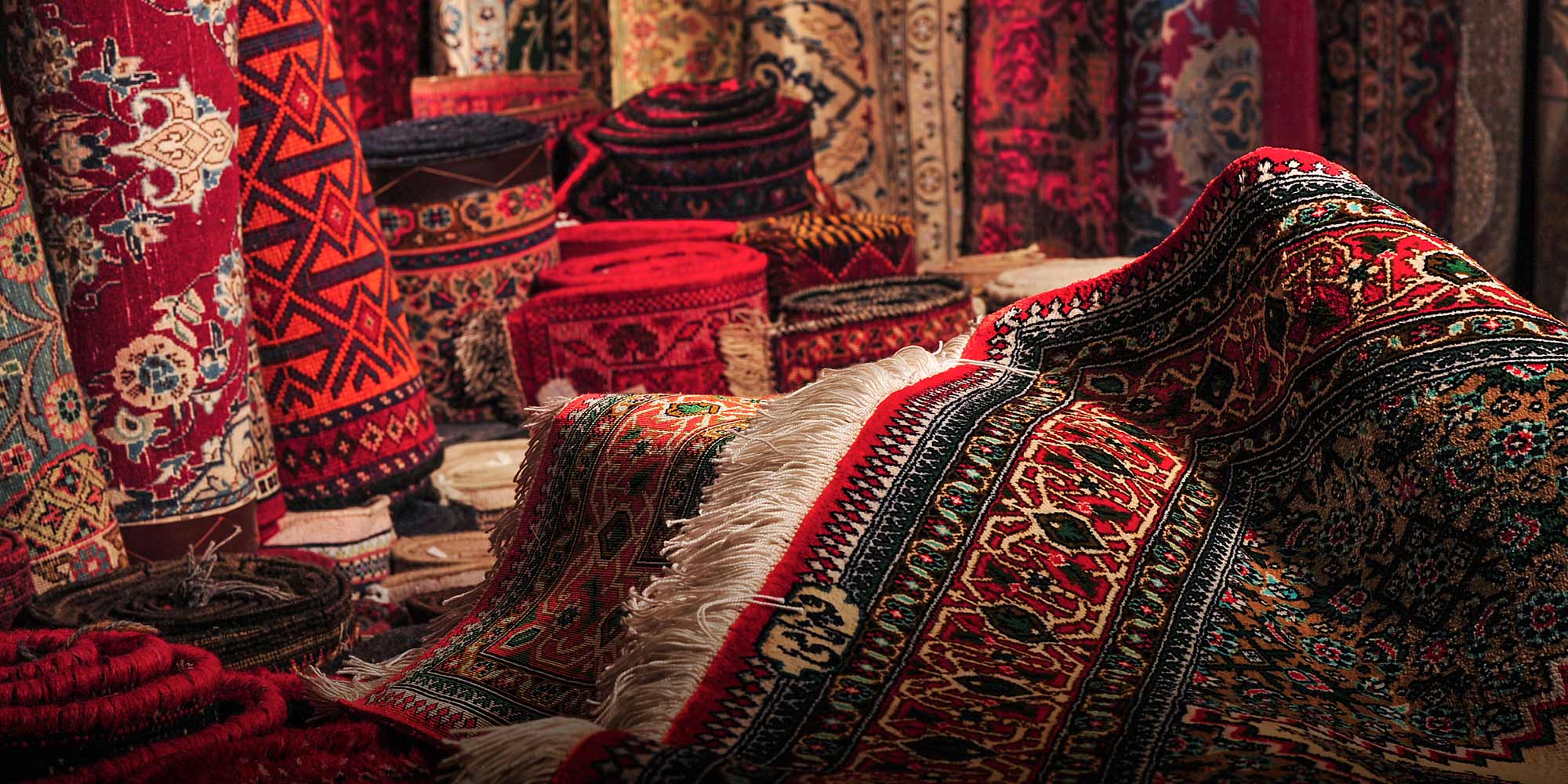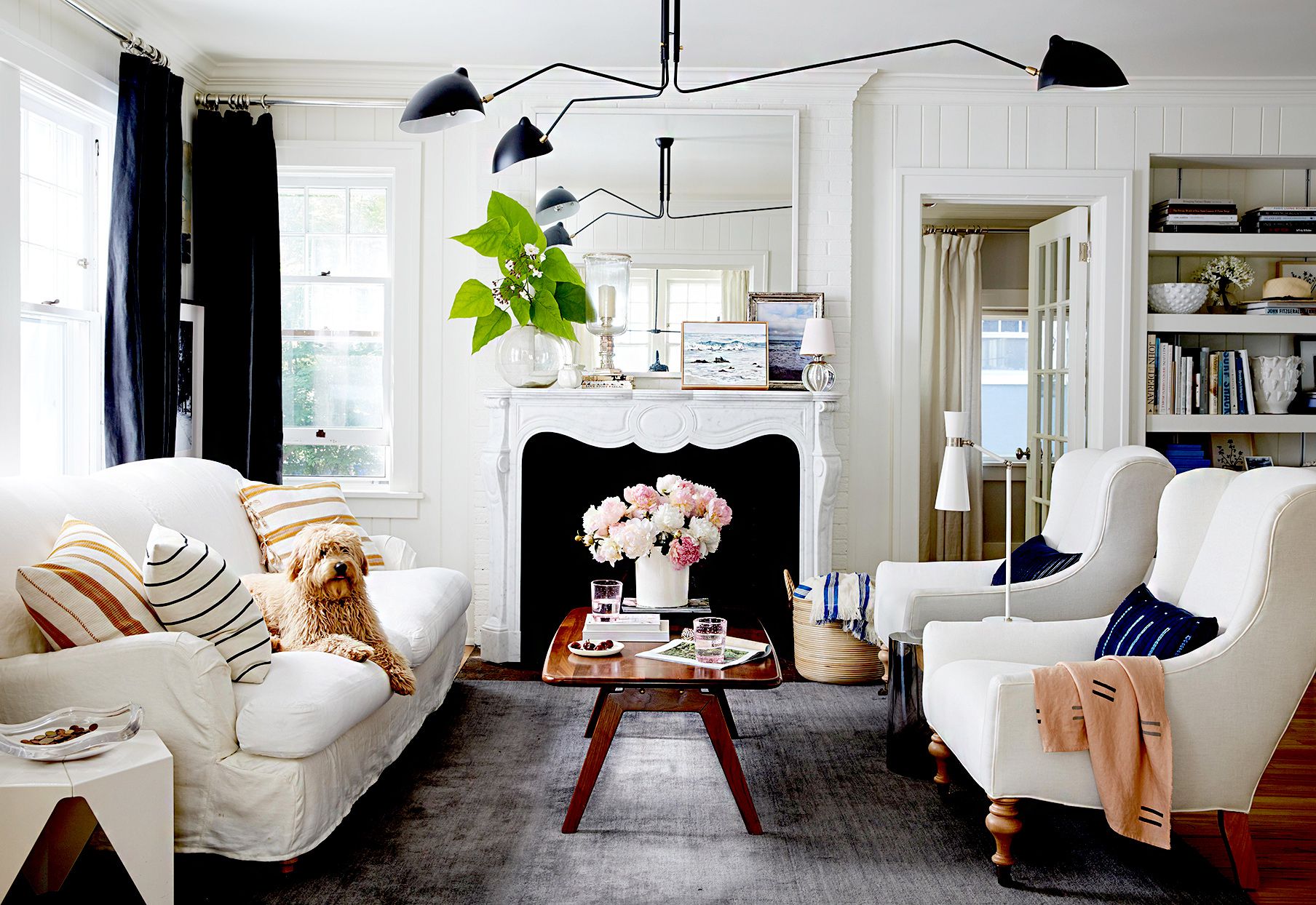Persian carpets, often regarded as the gold standard in the world of handwoven textiles, narrate tales of ancient Persian culture, intricate craftsmanship, and a rich palette of colors that paint stories from a land of mystique. Originating from the Persian Empire, today’s Iran, these carpets have traveled through time, maintaining their unparalleled allure and value.
Distinctive characteristics:
Distinguished from other carpets through an amalgam of features, Persian carpets are renowned for their dense pile, intricate patterns, and a myriad of vibrant colors. Each piece is a labyrinth of detailed motifs and designs, with every weave encapsulating the heritage of the region it hails from. The signature characteristic is the asymmetry in designs, a subtle reflection of the natural imperfections in life, making every Persian carpet unique.
Popularity
The global acclaim of Persian carpets is a testament to their exquisite beauty and quality. Their popularity stems from the unparalleled craftsmanship and the longevity that these handwoven masterpieces offer. The intricate patterns, often depicting tales of Persian folklore and natural elements, make them not just a decorative item but a piece of art, a woven canvas that adds a touch of elegance and history to any space.
Moreover, the use of high-quality materials and natural dyes ensures that the carpets retain their vibrancy and texture, making them a sought-after commodity among collectors and enthusiasts. Persian carpets are more than just floor coverings; they are an investment, often appreciating in value over time, symbolizing luxury and timeless elegance.
Weaving methods
The weaving of a Persian carpet is a meticulous and time-consuming process, reflecting the dedication and skills of the artisans. The two primary methods of weaving are the “knotting” technique and the “flat-weave” technique.
- Knotting Technique: In this method, artisans tie individual knots to the warp yarns, creating a pile. The type and density of the knots vary across different regions, influencing the texture and the intricacy of the designs. The Senneh knot and the Ghiordes knot are the two most prevalent types, each contributing to the distinctive characteristics of the finished product.
- Flat-Weave Technique: This technique involves weaving yarn through the warp and weft, creating a flat surface without a pile. Kilims and Soumaks are popular forms of flat-weave Persian carpets, appreciated for their lightweight and versatile nature.
Both methods showcase the dexterity and creativity of the weavers, who, thread by thread, interweave stories of the rich Persian culture and its natural landscapes.
In conclusion, Persian carpets are the epitome of craftsmanship and artistic expression. Their distinctive designs, vibrant colors, and intricate weaving techniques set them apart from other carpets, contributing to their enduring popularity and value. These woven tapestries, steeped in history and culture, continue to be a symbol of luxury and timeless elegance, narrating tales of ancient Persia to the world.












